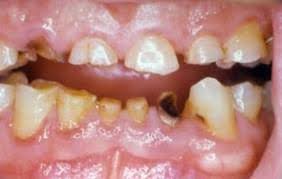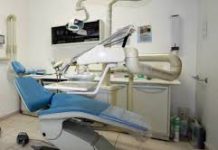Tooth loss.
To have one or more missing teeth is a quite common situations for many adults, since it seems that 70% of population is missing at least one tooth, while it seems that in the United States adults between ages 35 to 49 is missing on average of three teeth.
Usually the first teeth to be lost are the molars, that are the first to erupt during childhood; moreover, the average lifespan lengthens and people need more dental treatments than before.
 Dentale care. The lack of teeth.
Dentale care. The lack of teeth.
Missing teeth are not only a question of esthetics, even if the holes among the teeth are not beautiful to be seen, but it is also a question of health. The first consequence of the lack of one or more teeth is that the surrounding teeth move, rotate and can exit from their site: this can lead to problems during chewing or to speaking difficulties.
Another consequence, less obvious, but more damaging, concerns the loss of density of the alveolar bones, the bones sorrounding and supporting teeth; the bones need stimulation to maintain their form and density and the stimulation comes from the teeth themselves.
Consequences of missing teeth.
When a tooth is lost, the lack of stimulation causes loss of alveolar bone and, as bone loses width, also gum tissue gradually decreases. Finally, after alveolar bone is lost, the jawbone also begins to resorb.
This process is of course natural, but whit missing teeth it is quickned.
Especially to avoid the loss of density of the bone, dental implants are the most suggested solution to replace missing teeth, as implants work like the teeth and they fuse in the bones and stimulate them; dental implants are also suitable for people lacking all teeth, because a full denture arch can be attached to 4 or 6 dental implants.
Missing teeth.
Dental implants can be combined with a partial denture; in cases of many missing teeth or if dental implants are not applicable for any reason, other options are available.
The traditional way to replace teeth is a removable denture, that can be used in case of one or more missing teeth or even in case all teeth are lacking. Then there are tooth-supported bridges, anchored to adjacent teeth, that can be removable or fixed and resin-bonded bridge (also called Maryland Bridge) especially to restore front teeth.




